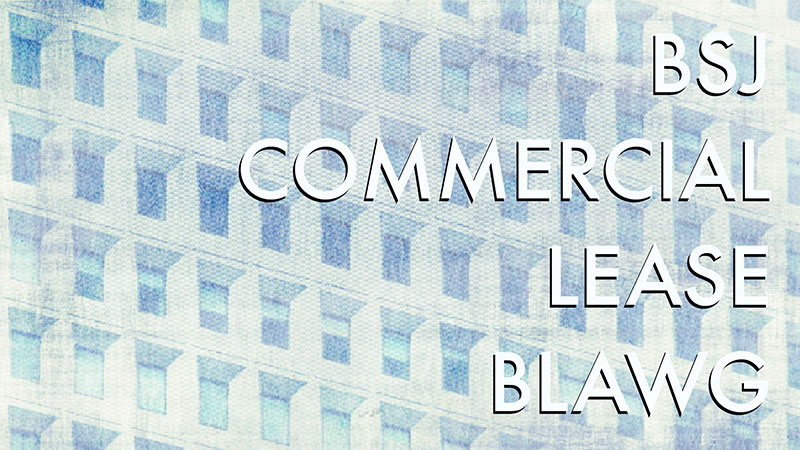Green buildings are expensive to construct and, in some respects, can be expensive to maintain. Because green technology benefits tenants in the long haul, in terms of keeping utility and other occupancy costs low, Landlord can argue that some or all of the ongoing cost of maintaining green certification – and perhaps even the initial cost of obtaining that certification – ought to be passed through to tenants in the form of a triple-net charge. (Depending on how aggressively Landlord uses the building’s green status as a marketing tool and on Landlord’s success in negotiating premium leases on that basis, Tenant can make the counterargument that Landlord is already recouping its out-of-pocket expenditures as a pass-through in the form of base rent, and a triple-net pass-through therefore would constitute double-dipping.)
One carrying cost that Landlord should factor into the pass-through equation is the cost of green building-specific insurance endorsements. If a green building sustains a major casualty, recertification with applicable green programs may be required, and recertification costs presently are not covered under standard policies of insurance. An endorsement should ensure recertification at the building’s actual certification level (under LEED, “Certified,” “Silver,” “Gold” or “Platinum,” or under Green Globes-CIEB, level 1 through 4, as applicable). It may also be possible to obtain coverage of the additional cost to recertify one level higher than previous certification.
Coverage enhancements available to the owner of a green-certified building include, without limitation, coverage for:
The costs of hiring of LEED-certified consultants and engineers;
The increased cost of recycling construction debris versus simply shipping materials to the nearest landfill;
Replacement of the air in the reconstructed space with 100% outside air;
Purchasing of replacement utilities from public providers while building-specific alternative utility systems are being repaired; and
Business interruption.
Business interruption insurance is particularly important in a green context given the delays inherent in the green construction process. Environmentally-friendly materials may be difficult to find on the market, and installation may be more labor-intensive. Use of alternative construction equipment (and the wait for them to become available) can result in additional delays, and time must also be factored in for the actual recertification process.
A building owner who is contemplating a green upgrade but has not yet taken the plunge might want to consider obtaining an endorsement to allow for replacement of standard materials and building systems with green alternatives in the event of a future casualty.


